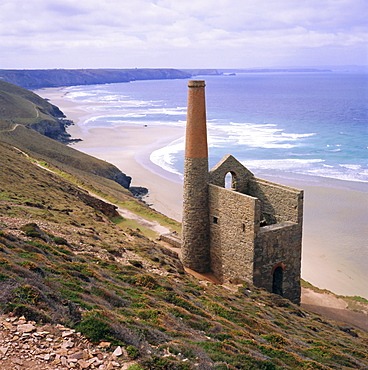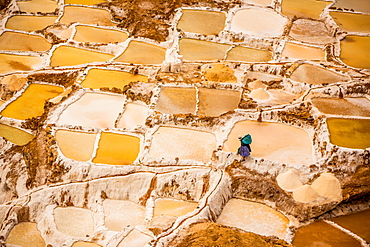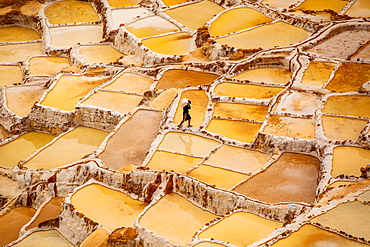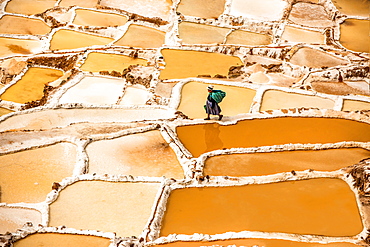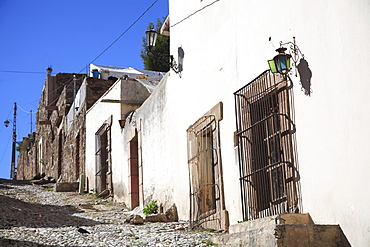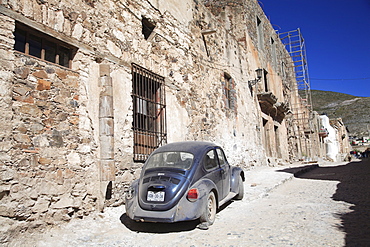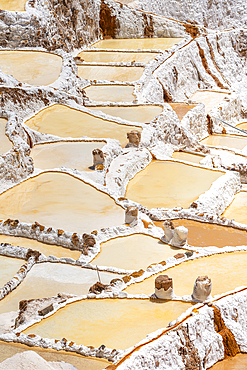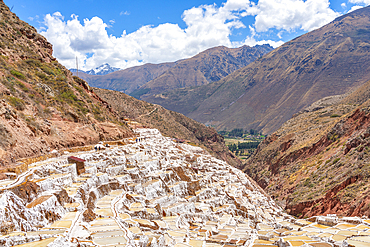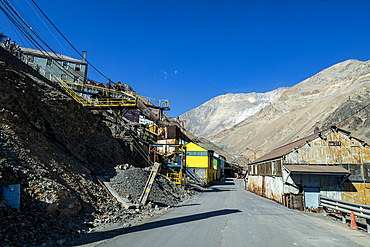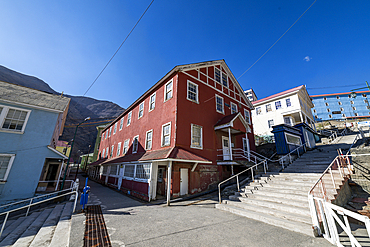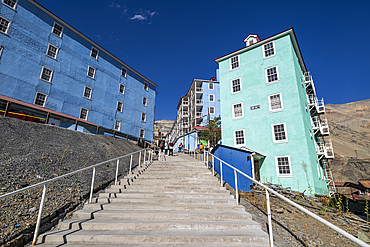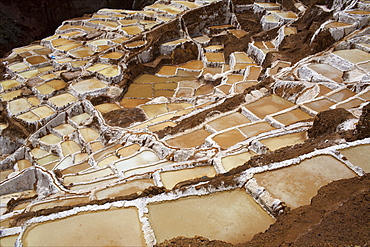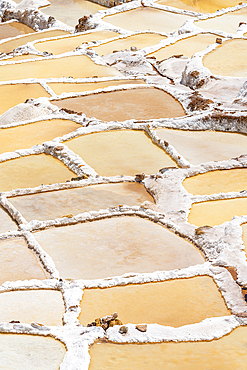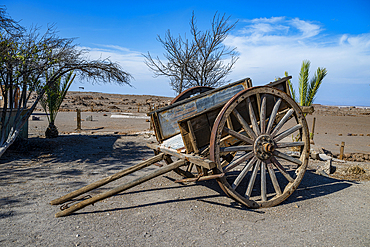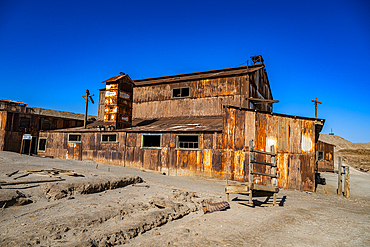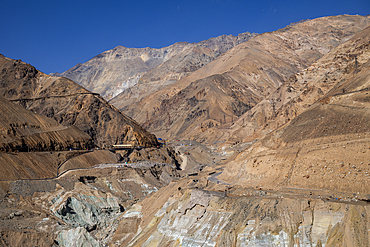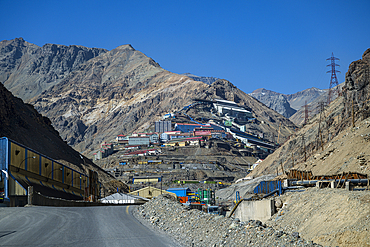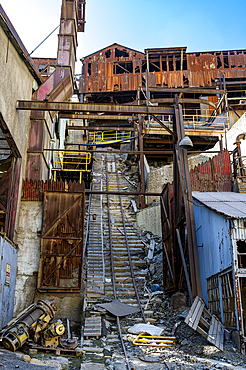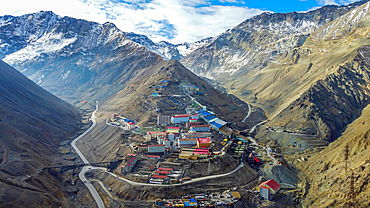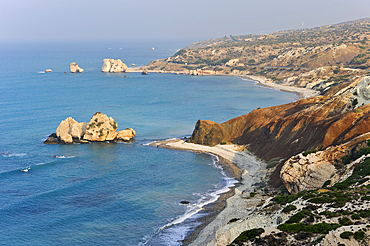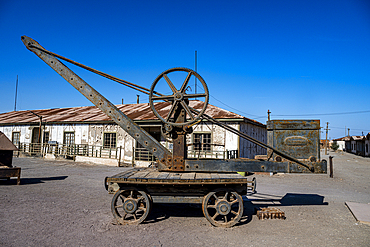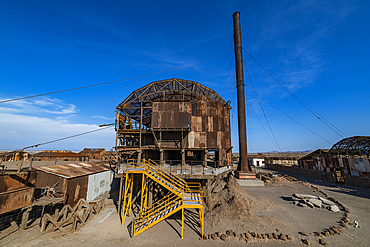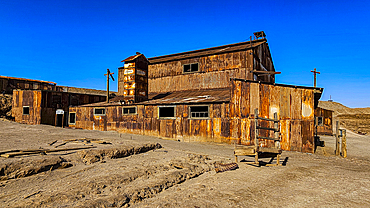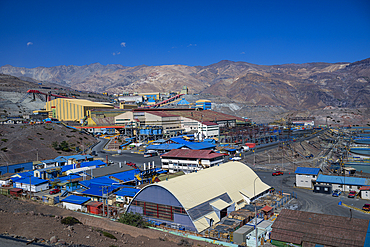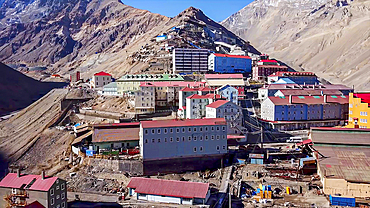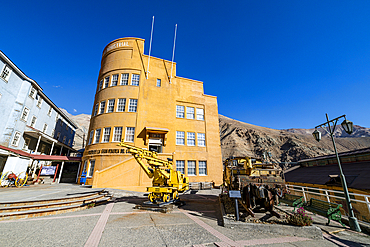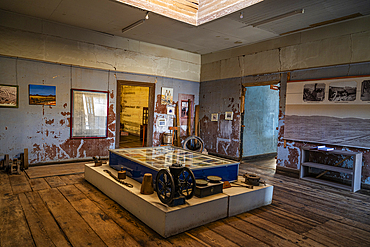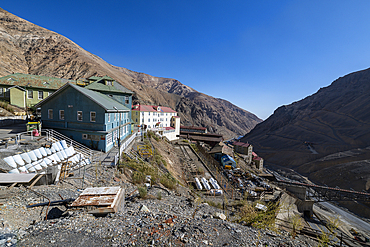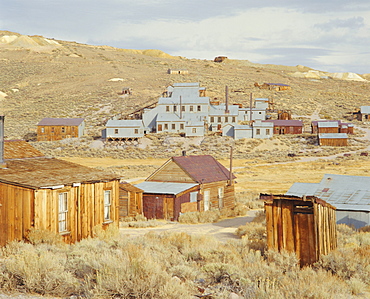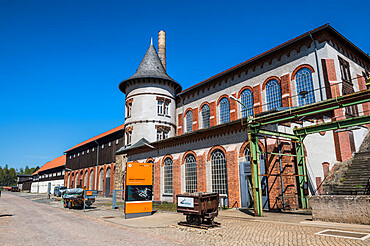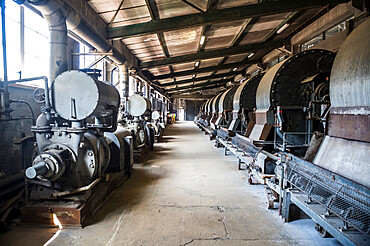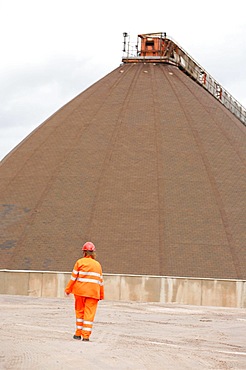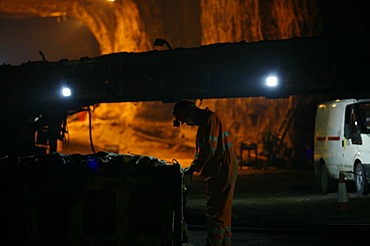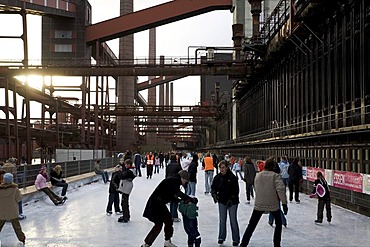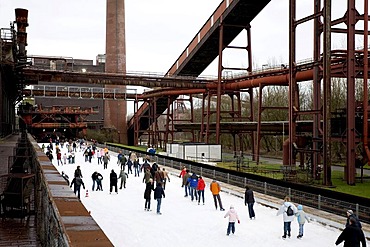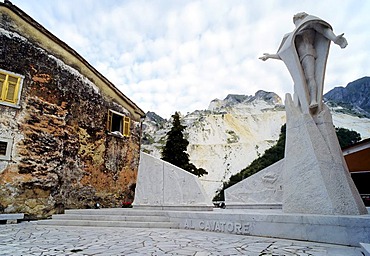Results
62 results found
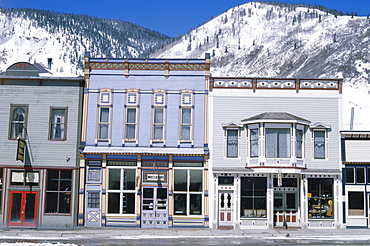
Colourful shop fronts on Greene Street in Old West style mining town of Silverton in the San Juan Range of the Rocky Mountains, Silverton, Colorado, United States of America (U.S.A.), North America
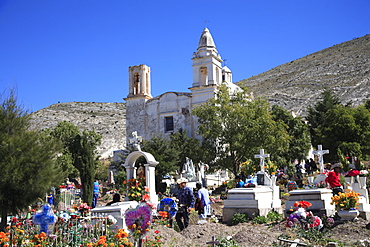
Families decorating graves for Day of the Dead, Templo de Guadalupe, Real de Catorce, former silver mining town, San Luis Potosi state, Mexico, North America

The Crown engine houses near to Botallack, UNESCO World Heritage Site, Cornwall, England, United Kingdom, Europe
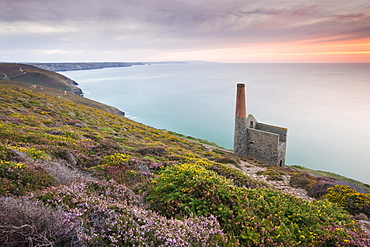
Sunset behind Towanroath Engine House, part of Wheal Coates Tin Mine, UNESCO World Heritage Site, on the Cornish coast near St. Agnes, Cornwall, England, United Kingdom, Europe
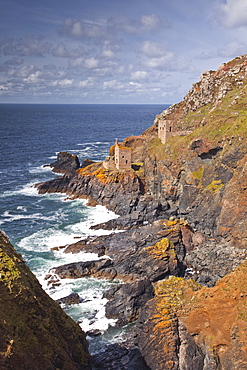
The Crown Engine Houses near Botallack, UNESCO World Heritage Site, Cornwall, England, United Kingdom, Europe
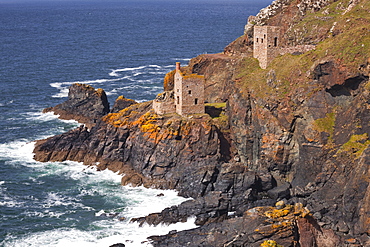
The Crown engine houses near to Botallack, UNESCO World Heritage Site, Cornwall, England, United Kingdom, Europe
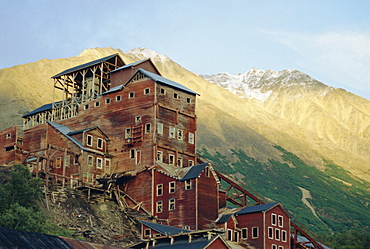
Old copper mine buildings, preserved national historic site, Kennecott, Wrangel Mountains, Alaska, USA, North America
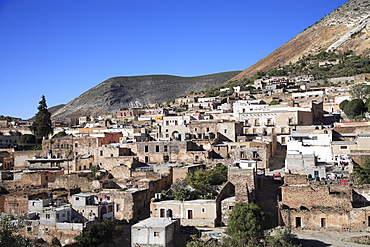
Real de Catorce, former silver mining town now popular with tourists, San Luis Potosi state, Mexico, North America
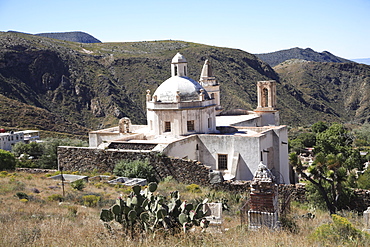
Templo de Guadalupe, Real de Catorce, former silver mining town, San Luis Potosi state, Mexico, North America
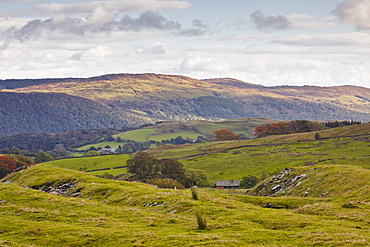
The remains of slate mines near to the Tranearth site in the Lake District National Park, Cumbria, England, United Kingdom, Europe

Interior of German house in the deserted mining town of Kolmanskop in the Restricted Diamond area on the south west coast, near the town of Luderitz, Namibia, Africa
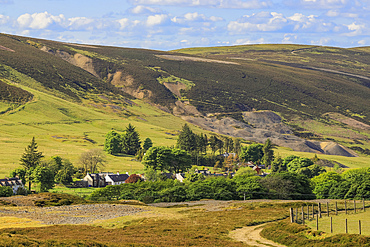
Landscape scarred by mining and spoil heaps at former mining settlement where gold and other minerals were extracted, and second highest village in Scotland, Leadhills, South Lanarkshire, Scotland, United Kingdom, Europe
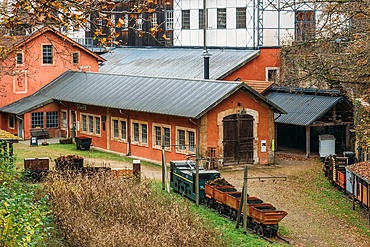
The iron ore mine Cockerill d'Esch-sur-Alzette played a major role in economic boom from the 1870s to the 1990s, Luxembourg
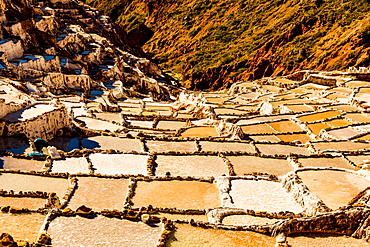
Salt terraces in the Sacred Valley where people are still mining and sifting the terraced pools as the Incas did 1000 years ago, Peru, South America
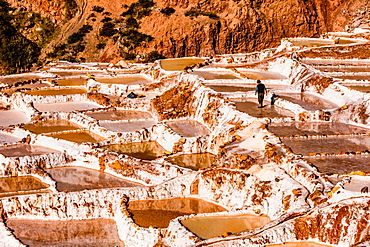
Salt terraces in the Sacred Valley where people are still mining and sifting the terraced pools as the Incas did 1000 years ago, Peru, South America
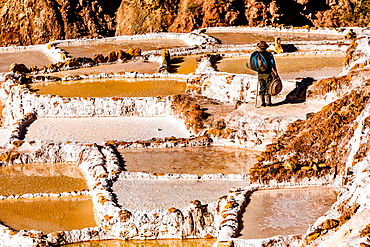
Salt terraces in the Sacred Valley where people are still mining and sifting the terraced pools as the Incas did 1000 years ago, Peru, South America

The historic graveyard at this former mining settlement and second highest village in Scotland, Leadhills, South Lanarkshire, Scotland, United Kingdom, Europe
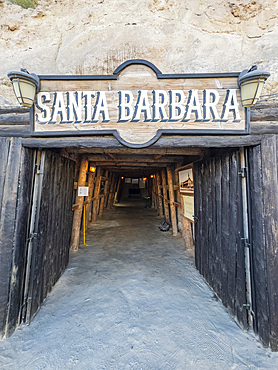
Copper mines in the former French mining town of Santa Rosalia, Baja California Sur, Mexico, North America
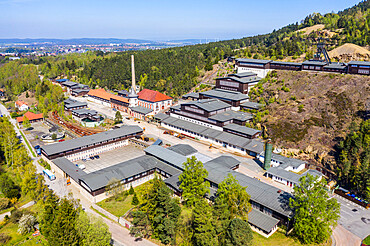
Aerial of the Mines of Rammelsberg, UNESCO World Heritage Site, Goslar, Lower Saxony, Germany, Europe
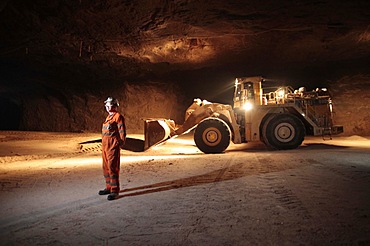
Mining grit salt is very different to the traditional image of cramped dark areas and men with pickaxes! The nature of grit salt mines mean they resemble vast caverns, up to 20 metres wide.

The mine uses the most sophisticated modern mining techniques to bring grit salt to the surface, including a laser guided JOY excavator and mechanical drills and lift.
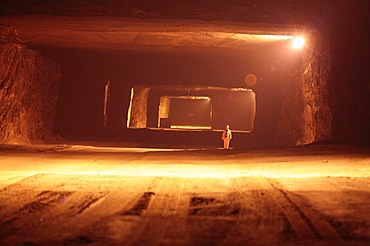
Mining grit salt is very different to the traditional image of cramped dark areas and men with pickaxes! The nature of grit salt mines mean they resemble vast caverns, up to 20 metres wide. .
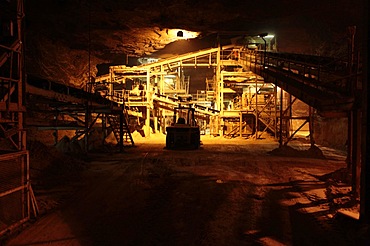
Mining grit salt is very different to the traditional image of cramped dark areas and men with pickaxes! The nature of grit salt mines mean they resemble vast caverns, up to 20 metres wide.
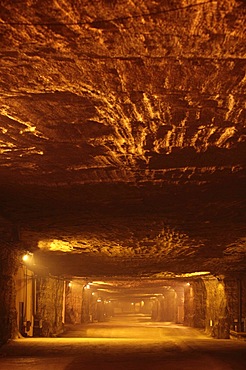
Mining grit salt is very different to the traditional image of cramped dark areas and men with pickaxes! The nature of grit salt mines mean they resemble vast caverns, up to 20 metres wide.

The mine uses the most sophisticated modern mining techniques to bring grit salt to the surface, including a laser guided JOY excavator and mechanical drills and lift.
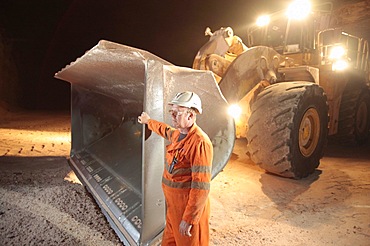
Mining grit salt is very different to the traditional image of cramped dark areas and men with pickaxes! The nature of grit salt mines mean they resemble vast caverns, up to 20 metres wide.
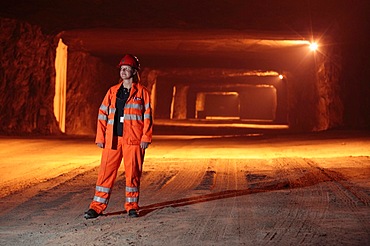
Mining grit salt is very different to the traditional image of cramped dark areas and men with pickaxes! The nature of grit salt mines mean they resemble vast caverns, up to 20 metres wide. .
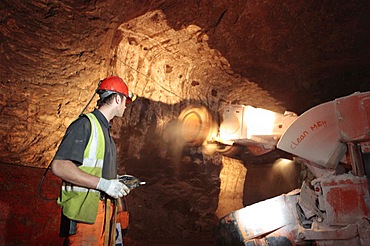
The mine uses the most sophisticated modern mining techniques to bring grit salt to the surface, including a laser guided JOY excavator and mechanical drills and lift.

The mine uses the most sophisticated modern mining techniques to bring grit salt to the surface, including a laser guided JOY excavator and mechanical drills and lift.
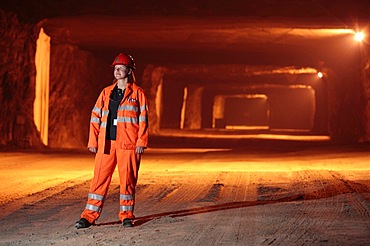
Mining grit salt is very different to the traditional image of cramped dark areas and men with pickaxes! The nature of grit salt mines mean they resemble vast caverns, up to 20 metres wide. .
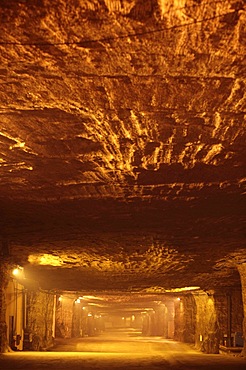
Mining grit salt is very different to the traditional image of cramped dark areas and men with pickaxes! The nature of grit salt mines mean they resemble vast caverns, up to 20 metres wide.
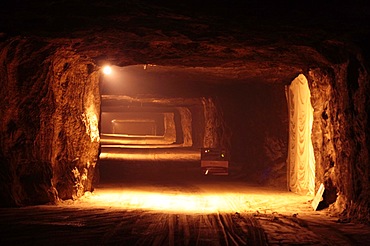
Mining grit salt is very different to the traditional image of cramped dark areas and men with pickaxes! The nature of grit salt mines mean they resemble vast caverns, up to 20 metres wide.
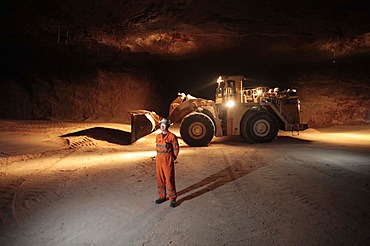
Mining grit salt is very different to the traditional image of cramped dark areas and men with pickaxes! The nature of grit salt mines mean they resemble vast caverns, up to 20 metres wide.
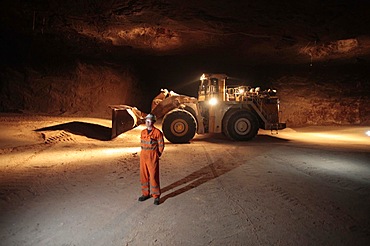
Mining grit salt is very different to the traditional image of cramped dark areas and men with pickaxes! The nature of grit salt mines mean they resemble vast caverns, up to 20 metres wide.
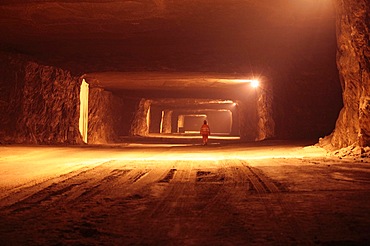
Mining grit salt is very different to the traditional image of cramped dark areas and men with pickaxes! The nature of grit salt mines mean they resemble vast caverns, up to 20 metres wide. .

Mining grit salt is very different to the traditional image of cramped dark areas and men with pickaxes!.
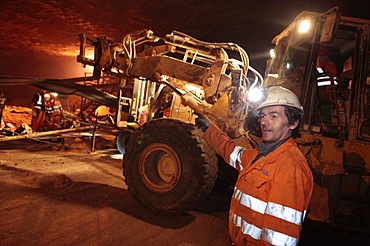
The mine uses the most sophisticated modern mining techniques to bring grit salt to the surface, including a laser guided JOY excavator and mechanical drills and lift.
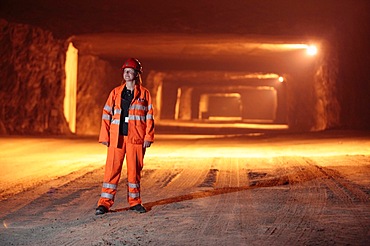
Mining grit salt is very different to the traditional image of cramped dark areas and men with pickaxes! The nature of grit salt mines mean they resemble vast caverns, up to 20 metres wide. .

Mining grit salt is very different to the traditional image of cramped dark areas and men with pickaxes! The nature of grit salt mines mean they resemble vast caverns, up to 20 metres wide.

Mining grit salt is very different to the traditional image of cramped dark areas and men with pickaxes! The nature of grit salt mines mean they resemble vast caverns, up to 20 metres wide. .

The mine uses the most sophisticated modern mining techniques to bring grit salt to the surface, including a laser guided JOY excavator and mechanical drills and lift.
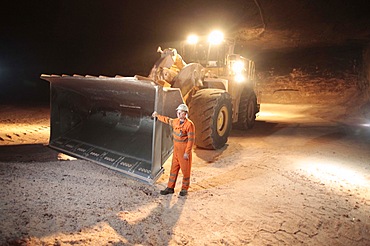
Mining grit salt is very different to the traditional image of cramped dark areas and men with pickaxes! The nature of grit salt mines mean they resemble vast caverns, up to 20 metres wide.
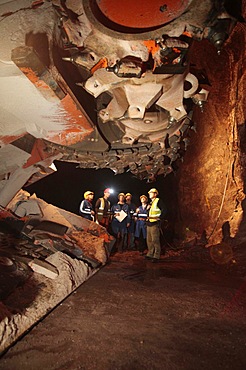
The mine uses the most sophisticated modern mining techniques to bring grit salt to the surface, including a laser guided JOY excavator and mechanical drills and lift.
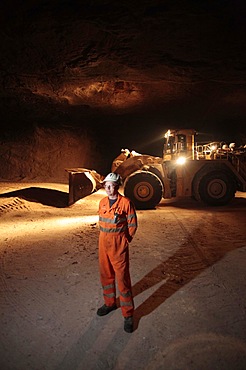
Mining grit salt is very different to the traditional image of cramped dark areas and men with pickaxes! The nature of grit salt mines mean they resemble vast caverns, up to 20 metres wide.
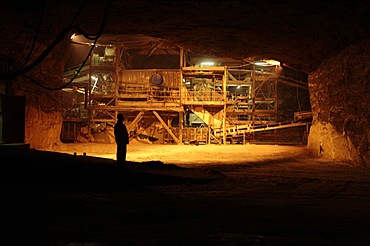
Mining grit salt is very different to the traditional image of cramped dark areas and men with pickaxes! The nature of grit salt mines mean they resemble vast caverns, up to 20 metres wide.

The mine uses the most sophisticated modern mining techniques to bring grit salt to the surface, including a laser guided JOY excavator and mechanical drills and lift.

Light installation at the Shaft tower of former Goettelborn open-cast mine, Europe's tallest shaft-tower, Saarland, Germany, Europe
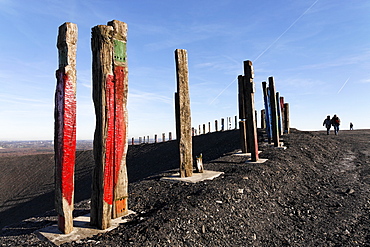
"Totems" art installation by Basque artist Augustin Ibarrola, painted railway ties at the top of the Haniel spoil pile, Bottrop, North Rhine-Westphalia, Germany, Europe
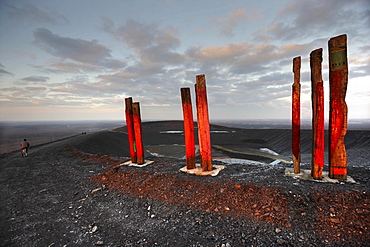
"Totems, " installation art piece built from over 100 railroad ties by Basque artist Agustin Ibarrola on mining waste heaps near Bottrop, North Rhine-Westphalia, Germany, Europe

Former Nordstern pit, Nordsternpark, landscape garden, office building, Gelsenkirchen, Ruhr area, North Rhine-Westphalia, Germany, Europe
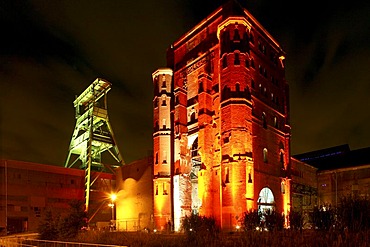
Illuminated Malakow Tower and shaft tower of the Ewald pit, Herten, Ruhr area, North Rhine-Westphalia, Germany, Europe
